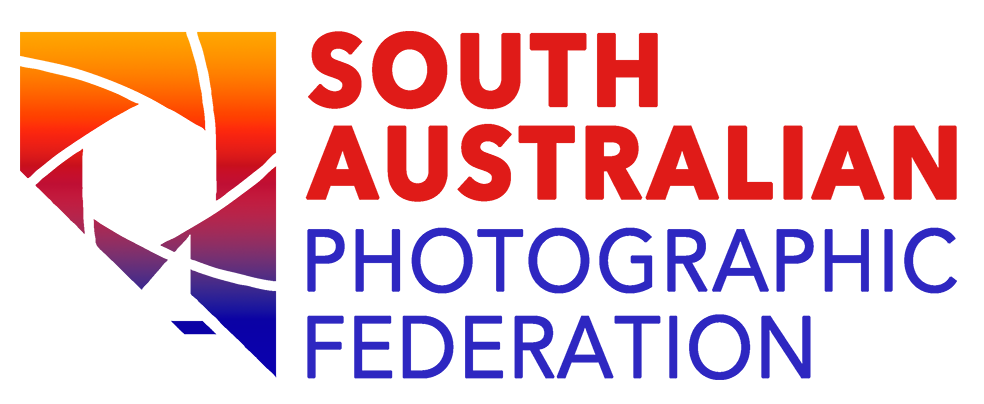Making and Watching Audio Visuals by David Shetliffe
/There are two extremes of photography in our world today.
On the one hand, there is the mobile phone snapper who records everything they do, see or eat, including the ubiquitous selfie. At the other end of the spectrum is the serious photographer, who takes time to find the ‘perfect’ image. They wait for the light to be right, try different angles and ensure all the technical issues of exposure, focus and composition are correct.
I find I sit somewhere in between – sometimes, when travelling, taking many photographs of the sights around me, at other times, taking the time to seek out a good image. I finish up with a range of images and then find I can only use some for display, competition entry, etc. So, what of the others?
I guess I’m a curious type who wants to learn about the history and background of what I see and photograph. I want to know the story of where I am and what I see. Therefore, putting together a sequence of images I take of a holiday, place, building, event, people, etc., has great appeal. I can use my photographic images to help me tell their story – for my own interest and, hopefully, for others. By adding music and narrative, together with interesting transitions and animations, I can take the story beyond a simple slideshow and make it entertaining and interesting to the viewer who hasn’t been where I have or doesn’t know about the subject.
This, then, is the essence of an AV – a sequence of images that, combined with music, narrative, and interesting ways of linking them, is informative and entertaining. As one judge put it – a piece of theatre. For AVs made for personal use, there are really no rules. One can include some video, and third-party images such as maps, historical images, etc. It can be as long as the author wants. However, for AV competitions, there is usually a maximum length of 12 minutes and constraints on video and third-party images.
The software for making AVs is highly intuitive, and whilst there are many choices, a very good example is PTE AV Studio 11 pro. It costs a bit over $200 as a once-off payment. Voice recording software, such as Audacity, is free.
By joining the AV Club of SA, one gets the same sort of benefit one gets from joining a camera club – exposure to other people’s AVs, feedback from judges and peers, opportunities to participate in workshops and generally mix with like-minded people.
The Club meets on the last Thursday of each month at the Gartrell Church Hall, Rose Park. I would love to see more photographers involved. Further information about AVs can be found on the APS website by clicking here. Information about the AV Club of SA can be found here. Alternatively, you can email me directly at presidentavclubsa@gmail.com
A PDF version can be downloaded by clicking here.
Adelaide, South Australia
© DAVID SHETLIFFE

